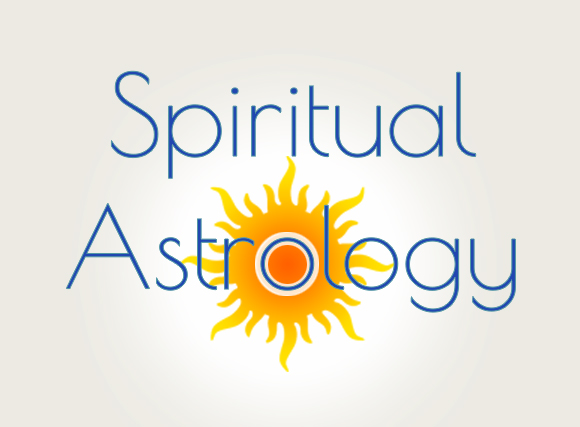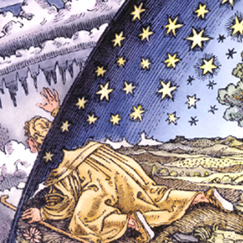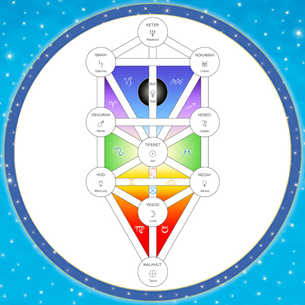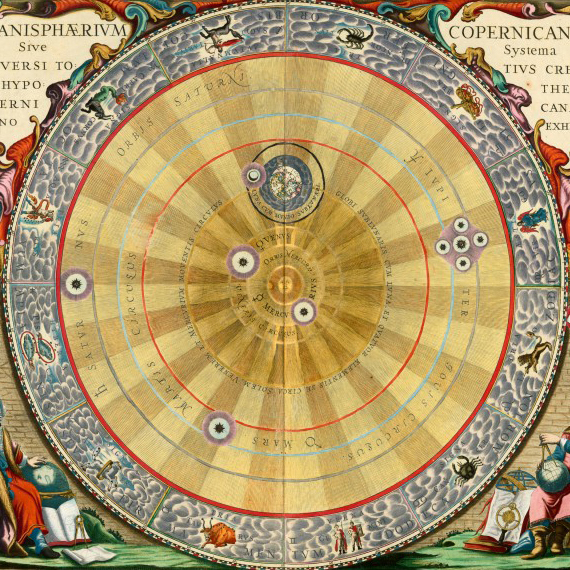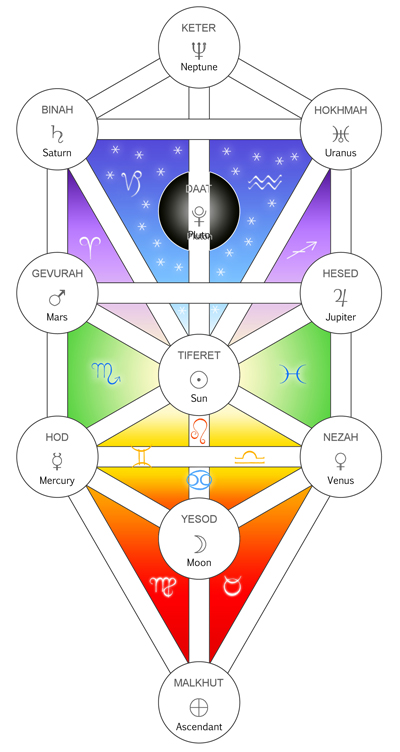 The Tree of Life is a diagram that represents the Universe and derives from the Kabbalah Tradition. Its origins date back to Mesopotamia. However, its structure was developed gradually, throughout the centuries, until it was definitely concretized in medieval times, when the interchange between the Jewish, Muslim, and Christian cultures led to the refined development of esoteric, philosophical and mystical knowledge. The structure of the Tree of Life was defined at this time, and in it were contained the Ten Divine Principles that, according to the kabbalistic tradition, rule the whole Universe.
The Tree of Life is a diagram that represents the Universe and derives from the Kabbalah Tradition. Its origins date back to Mesopotamia. However, its structure was developed gradually, throughout the centuries, until it was definitely concretized in medieval times, when the interchange between the Jewish, Muslim, and Christian cultures led to the refined development of esoteric, philosophical and mystical knowledge. The structure of the Tree of Life was defined at this time, and in it were contained the Ten Divine Principles that, according to the kabbalistic tradition, rule the whole Universe.
The Ten Principles are known as Sefirot, and they represent the laws that govern over the four worlds of existence: the physical, the psychological, the spiritual and the Divine worlds. Following the hermetic principle “As Above, so Below”, our psyche is a reflection of the Universe. Therefore, the Tree of Life is a map not only of the Universe, but also of our psyche. In it, each sefirah represents an archetype contained within the psyche, and the whole diagram shows the relationship between the body, the soul and the spirit contained in every human being. Furthermore, each sefirah has a correspondence with each of the planets and luminaries of the Solar System, which means that each of us has a particular Tree of Life, based on our particular natal chart.
The structure of the Tree of Life is divided into three columns. In the central column, we find the different degrees of individual consciousness (Earth, Moon, Sun) and transpersonal consciousness (Pluto, Neptune). The two side columns contain the functional sefirot of contraction (Mercury, Mars, Saturn) and the functional sefirot of expansion (Venus, Jupiter, Uranus). The Sun, in the central point of the Tree, is the center of consciousness, which light radiates in all the directions towards the rest of the spheres.
